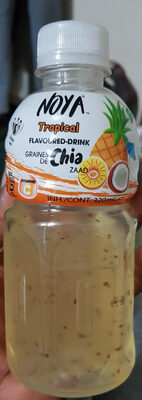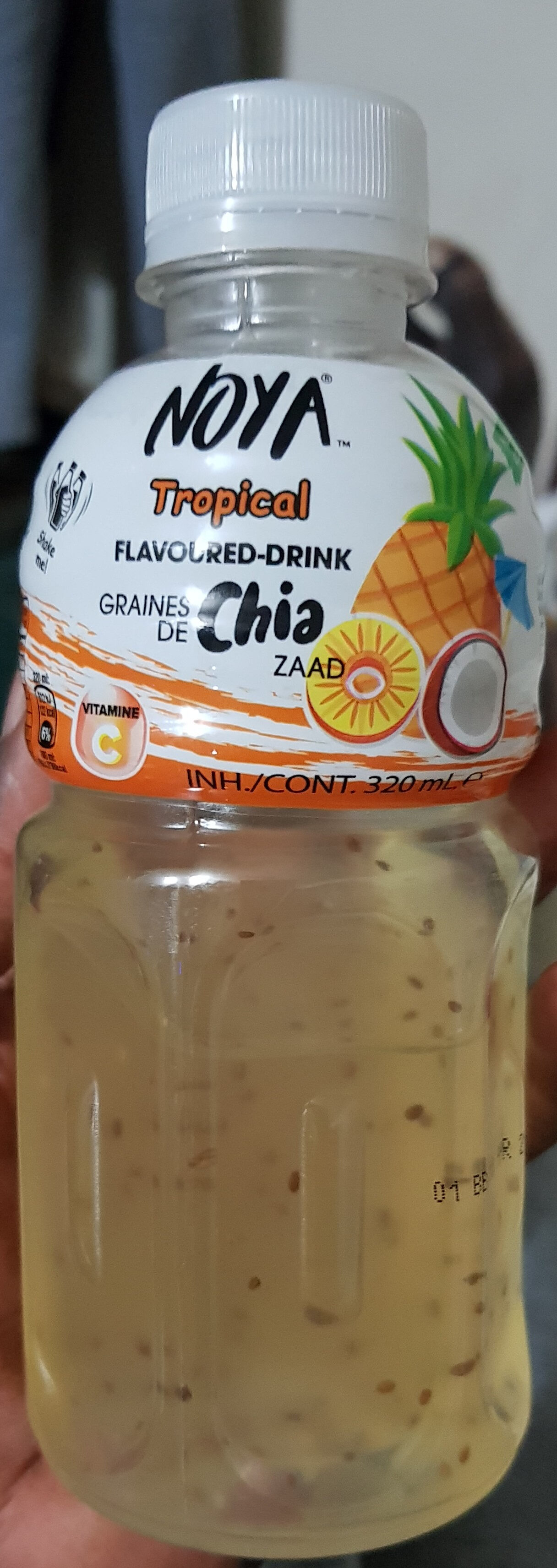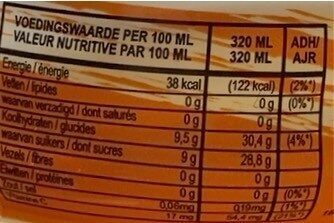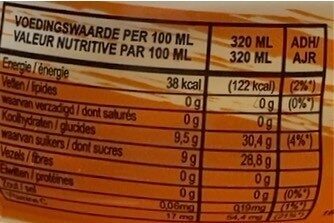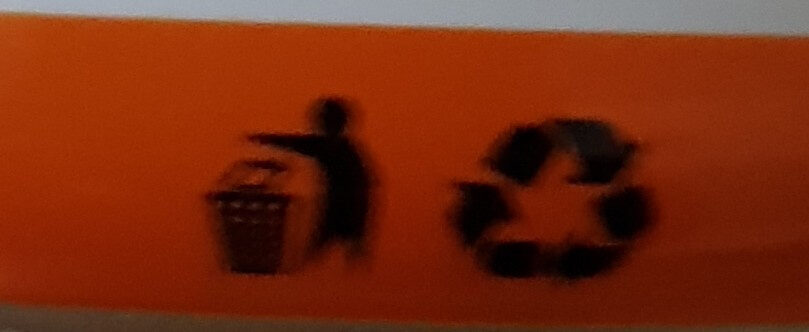Noya tropical - DISTRI-K - 320ml
Mã vạch: 5430001841152 (EAN / EAN-13)
Số lượng: 320ml
Bao bì: en:Plastic
Thương hiệu: DISTRI-K
Thể loại: en:Beverages, en:Sweetened beverages
Nhãn, chứng nhận, giải thưởng: fr:Flavoured drink
Nguồn gốc của các thành phần: Việt Nam
Địa điểm sản xuất, chế biến: Viêt Nam
Cửa hàng: EDK
Các quốc gia bán: Việt Nam
Phù hợp với sở thích của bạn
Report a problem
Các nguồn dữ liệu
Sản phẩm thêm vào qua kiliweb
Chỉnh sửa lần cuối của trang sản phẩm trên qua roboto-app.
Trang sản phẩm cũng được chỉnh sửa bởi llagethiome, openfoodfacts-contributors, packbot, yuka.sY2b0xO6T85zoF3NwEKvllJFTN7auTf0M0bgiVKCnM2IFa7Zbc5L67DRMKg.
